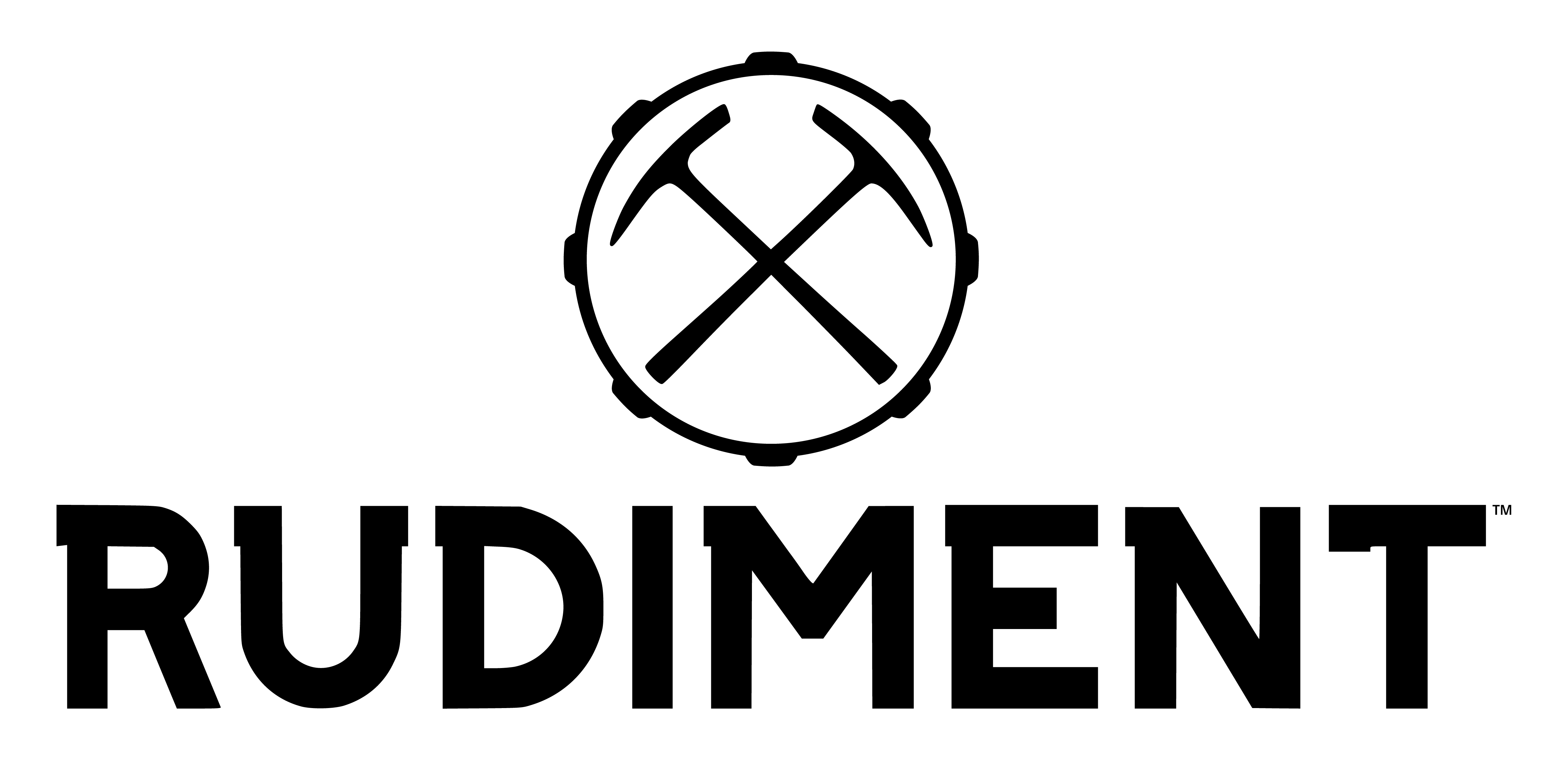Rethinking Reshoring: What Product Strategists Know That Policymakers Don’t

A Personal Note
I am one of very few product strategists in the outdoor industry who has worked with three different domestic manufacturers. While I take great pride in creating successful products built in American factories, I am also empathetic to brands that have chosen alternative strategic paths. This article isn’t about declaring one model superior to another—it’s about understanding the tradeoffs that come with ownership, and why some brands are making very intentional decisions to remain asset-light.
The Common Assumption
For decades, economic policy debates around reshoring have focused on labor costs, tax incentives, and tariffs. The implicit belief is simple: If domestic manufacturing were cost-competitive, brands would embrace owning their own manufacturing. Give them the right incentives, and they’ll rebuild the factories, rehire the workers, and return supply chains to U.S. soil.
These policies rely on one major assumption: that brands want to own their own manufacturing.
Many don’t.
The Strategic Appeal of Asset-Light Models
For modern consumer brands, including those in the outdoor, lifestyle, and durable goods categories, an asset-light model isn’t just a financial strategy—it’s a product strategy.
Outsourcing manufacturing gives product teams the freedom to lead with design, not legacy infrastructure. It allows them to answer the most important question in product development—what do our customers need?—without being constrained by the capabilities of their own machines, tooling, or labor force.
In-house manufacturing often inverts this logic. Instead of starting with the user, teams start with the equipment: What else can we make with this machine? That’s how brands end up stuck in highly defined product categories, chasing operational efficiencies instead of unmet consumer needs.
Two Real-World Illustrations
Let’s pause here and give credit where it’s due: Some U.S. brands have invested deeply in their manufacturing capabilities and built world-class operations. These investments have resulted in powerful brands with intense consumer loyalty. But because of these investments, their product strategies have been informed by what their factories are optimized to do.
Leatherman: Precision-Driven, Manufacturing-Limited
Leatherman isn’t just a multi-tool company—they’re a stamping, machining, grinding, and sharpening company. Their Portland-based factory is one of the most precise and heavily automated operations in the entire knife and multi-tool industry. The company excels at manufacturing compact, high-tolerance metal components, typically no longer than six inches.
That manufacturing mastery is what makes Leatherman products exceptional—but it also defines the boundaries of their innovation. Their product line has remained largely centered on compact multi-tools, knives, and accessories that fit within their core machining capabilities. In other words, their factory doesn’t just make the tools—the factory shapes what the company considers making. And Leatherman has chosen to stay committed to this model, maintaining its Made in the USA positioning even as it narrows the aperture of product possibility.
Pelican Products: A Strategic Pivot from Capabilities to Categories
Pelican began making waterproof cases for the SCUBA market but rose to dominance as a rotomolding and injection molding company, especially after its acquisition of Storm Case in 2009. With unmatched capabilities in producing high-durability cases, Pelican cornered the domestic market for waterproof, crushproof enclosures. For a time, its manufacturing capabilities essentially were the brand—and that brand was in danger of becoming singularly defined as a “durable box company.”
But unlike Leatherman, Pelican made a strategic decision to diversify its product portfolio—and in doing so, diversified its supply chain. Today, many of Pelican’s new categories, including drinkware, mobile phone cases, and luggage, are manufactured offshore in countries like China and Vietnam. These categories would have been impractical from a capital expense or labor cost perspective with domestic manufacturing.
This shift in supply chain strategy allowed Pelican to expand into adjacent markets and grow its revenue beyond the constraints of its original manufacturing model. But it also required relaxing its domestic manufacturing stance—a move that signals how even proud U.S. manufacturers may eventually confront the tradeoffs between brand identity and growth opportunity.
The Hidden Cost of Control
It’s easy to romanticize ownership: greater control, faster decision-making, proprietary processes. But owning your own factory also means carrying the overhead, absorbing demand shocks, and betting your innovation roadmap on equipment that may not adapt well to future designs.
Once capital is sunk into a specific method of manufacturing, there’s a powerful bias toward justifying that investment. Entire product roadmaps bend toward using what’s already paid for.
The irony? What looks like control on paper often results in inflexibility in practice.
Speed, Optionality, and Consumer Relevance
The most innovative brands today move quickly. They prototype fast, iterate designs, test new materials, and adapt to shifting consumer preferences without being anchored by yesterday’s tooling.
That’s harder to do when your capabilities are tied up in a single facility—or worse, in a mindset of sunk costs and operational inertia. Speed to market, access to global expertise, and the ability to shift sourcing based on capabilities, performance, or price—these are strategic advantages that often outweigh the benefits of control.
This Isn’t Just About Cost. It’s About Strategy.
Reshoring conversations tend to center on labor cost arbitrage or national security. But for many brands, the decision not to reshore isn’t rooted in economics alone—it’s a reflection of strategic priorities. Flexibility, design leadership, and operational agility win out over vertical integration.
Until policymakers understand that, reshoring incentives will miss the mark. Because it’s not just where things are made that matters—but how brands want to work.
#madeintheusa #outdoorindustry #productdevelopment #productstrategy #manufacturing #tariffs #reshoring


Leave a Reply